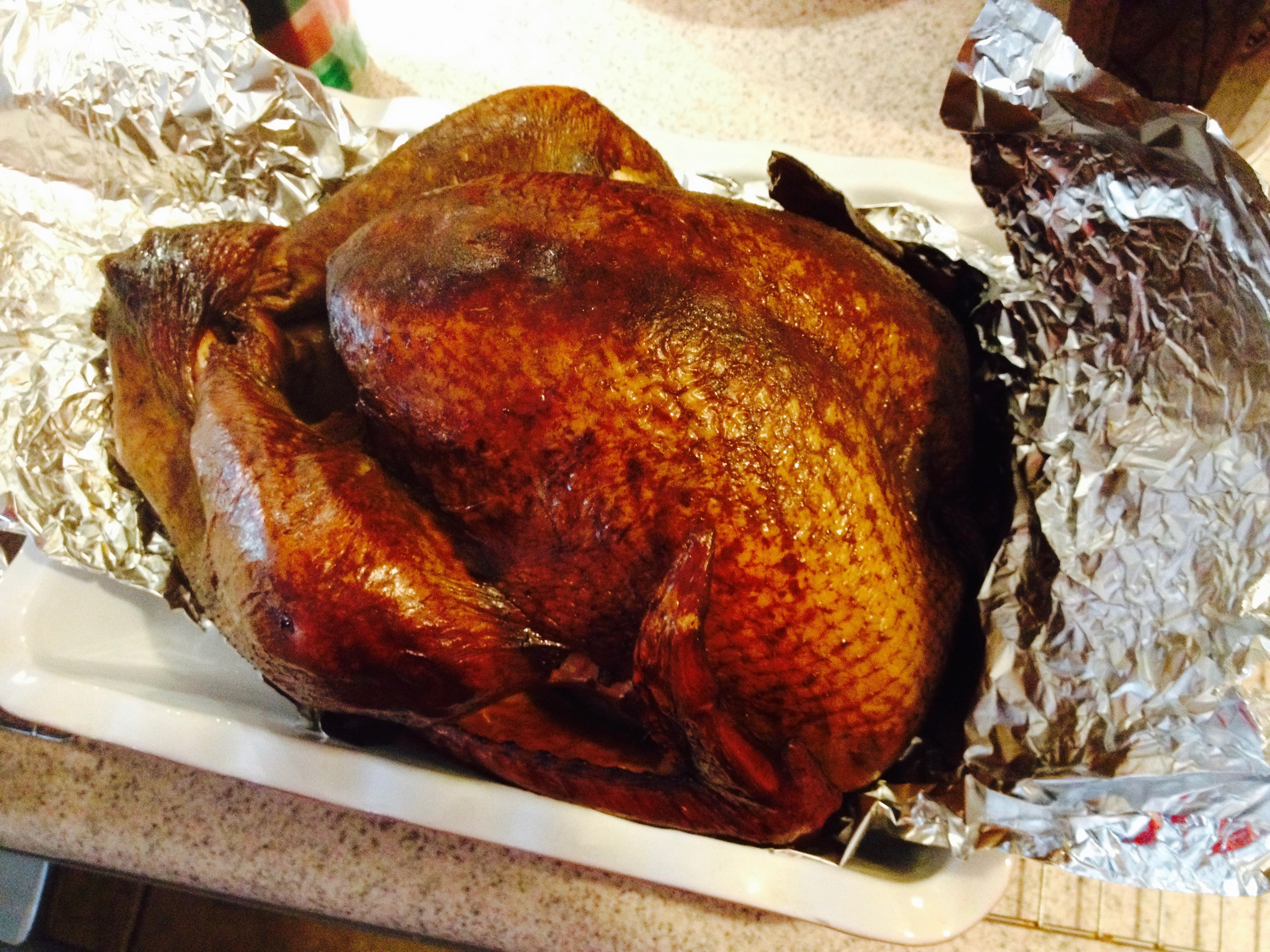Holiday food safety key to keeping guests in the dining room and out of the bathroom
Nov. 10, 2017
Holiday food safety key to keeping guests in the dining room and out of the bathroom
By Seth Blomeley
For the U of A System Division of Agriculture
Fast facts
- Turkey tip: thawing the bird takes longer than you expect
- Rodibaugh recommends thawing turkey in fridge
- Cooked turkey should only be out two hours
(570 words)
(Newsrooms: With file art www.flickr.com/photos/uacescomm/24374040398 )
Download Word version
LITTLE ROCK -- A top-shelf cook can work for hours to make a fantastic Thanksgiving
dinner with all the trimmings, but if Junior and Gramma get tummy aches they will
remember only their time spent in the bathroom. No one wants that.
Thankfully, with some forethought and a few extra precautions holiday kitchen whizzes can spend Thanksgiving worry-free and confident that the holiday turkey will only lead to domestic contentment.

What’s the biggest mistake cooks make? Thawing of the turkey, said Rosemary Rodibaugh, a professor of nutrition with the University of Arkansas System Division of Agriculture.
“It always takes longer than you expect,” Rodibaugh said.
She said the best way to thaw a turkey is in the refrigerator. That way the temperature can stay below 40 degrees, which lowers the risk of bacteria growth. Thawing in the sink with cold water will also work well as long as you change the water frequently to make sure it stays cold.
Thawing on the counter brings another risk. “A cat could get it,” she said.
After the turkey is cooked, be careful not to leave it out for more than two hours.
“That’s the total amount of time from when you take it out of the oven, not when you get up from the table to watch football,” Rodibaugh said. “Bacteria can multiply pretty quickly at room temperature and after two hours there could be quite a bit of bacteria growth. There is the potential to make someone sick without reheating it.”
Bacteria could lead holiday eaters to come down with diarrhea, nausea, vomiting, or headaches. Salmonella, a form of bacteria which can attach to poultry, sometimes requires four to seven days to recover. Young children, cancer patients, or others with compromised immune systems can be especially susceptible.
Cooking turkey and other food items until they reach the proper temperature will guard against bacteria growth:
- Turkey, chicken and other poultry – both ground or whole – 165 degrees
- Ground beef, pork, veal or lamb, and injection-marinated meats – 160 degrees
- Steaks and beef roasts – 145 degrees
- Pork or ham – 145 degrees
- Pre-cooked ham – 140 degrees
- Leftovers and casseroles – 165 degrees
Also, be sure to use separate cutting boards so as to keep raw turkey juices from other food items. And, do not wash the turkey, which only spreads bacteria to other kitchen surfaces.
For more tips, see https://www.foodsafety.gov/keep/events/thanksgiving/index.html
For more information about food safety, visit www.uaex.uada.edu or contact your county extension office.
About the Division of Agriculture
The University of Arkansas System Division of Agriculture’s mission is to strengthen
agriculture, communities, and families by connecting trusted research to the adoption
of best practices. Through the Agricultural Experiment Station and the Cooperative
Extension Service, the Division of Agriculture conducts research and extension work
within the nation’s historic land grant education system.
The Division of Agriculture is one of 20 entities within the University of Arkansas System. It has offices in all 75 counties in Arkansas and faculty on five system campuses.
Pursuant to 7 CFR § 15.3, the University of Arkansas System Division of Agriculture offers all its Extension and Research programs and services (including employment) without regard to race, color, sex, national origin, religion, age, disability, marital or veteran status, genetic information, sexual preference, pregnancy or any other legally protected status, and is an equal opportunity institution.
# # #
Media Contact: Mary Hightower
Dir. of Communication Services
U of A System Division of Agriculture
Cooperative Extension Service
(501) 671-2126
mhightower@uada.edu
Related Links